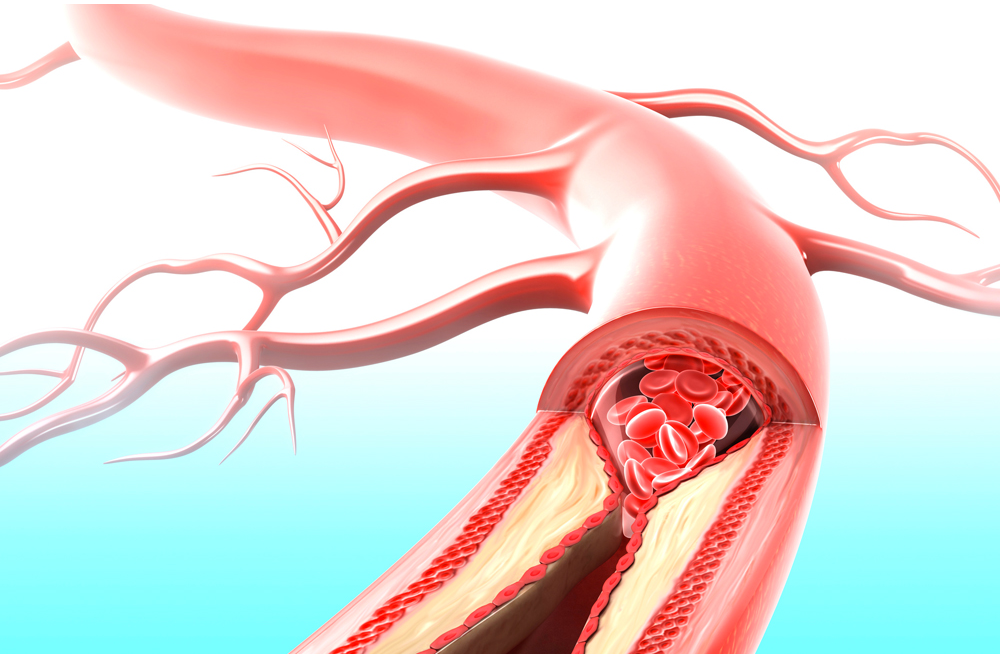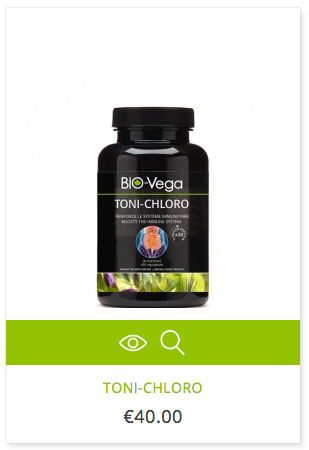Cholesterol

Cholesterol is the most abundant lipid substance in the animal world and the most important from a metabolic point of view, especially as a precursor of steroid hormones. It is a sterol that has an exogenous origin (food) and an endogenous origin (biosynthesis). The liver is one of the main sites of synthesis. Cholesterol is present in all cells. Its high rate can lead to gallstones or constitute a risk factor for atherosclerosis.
It can take two forms:
- Free form, ie not associated with another substance. Cholesterol is on the surface of the lipoprotein
- Esterifies form, ie linked to a fatty acid to form stearates. The weakly hydrophilic character that could exist in the other form is then completely eliminated.
Cholesterol is the essential constituent of our cells. It is the fundamental component of cell membranes: an important part of the cholesterol is indeed used for the constitution of the lipid layer of the plasma membranes. It also has a role in the fluidity of membranes. Cholesterol is the precursor of steroid hormones. Our body for the manufacture of substances like Vitamin D. Cholesterol is the essential constituent of bile also uses cholesterol.
BOTH TYPES OF CHOLESTEROL
Obviously there are not two different cholesterol molecules. But cholesterol is transported in the blood by transport systems with very different roles:
- lipoproteins LBD (low density lipoprotein)
- and LHD (high density lipoprotein).
This is why we distinguish between LHD cholesterol and LDL cholesterol, the total cholesterol.
LHDs recover cholesterol in organs that have too much to bring back to the liver where it is eliminated. They have the role of cleaning our arteries of all lipid deposits of poor quality and reducing the risk of an atheromatous plaque appearing. We talk about "good cholesterol".
LBD deposits cholesterol on the walls of the arteries. Then, gradually, are formed of plates of fat, called atheromes. In this case, we speak of "bad cholesterol". Epidemiological studies have shown that excess "bad cholesterol" and lack of "good cholesterol" are risk factors for cardiovascular disease. Cholesterol is one of the agents responsible for atherosclerosis that leads to cardiovascular disease.
CHOLESTEROL LEVELS
It is possible to establish the normal level of cholesterol in the blood: total cholesterol and cholesterol in its combined form because it is joined to proteins called low (LBD) and high density (LHD).
| Total cholesterol for a person without risk factor |
less than or equal to 2.30 g/l |
| Total cholesterol for one person with risk factor |
less than or equal to 2 g/l |
| LHD cholesterol | greater than or equal to 0.55 g/l |
| LBD cholesterol for a person without risk factor |
less than or equal to 1.50 g/l |
| LBD cholesterol for a person with a risk factor |
less than or equal to 1.20 g/l |
Some doctors prefer to request a specific dosage of LDL and HDL, the result of this assay being the following ratio: (total cholesterol/LHD) less than or equal to 4.5
The higher the ratio, the greater the cardiovascular risk.
THE EFFECTS OF CHOLESTEROL ON BLOOD CIRCULATION AND CARDIAC FUNCTION
LBD cholesterol in the blood stream can form fatty deposits inside the blood vessels. Over time, these deposits accumulate to form plates. LBD cholesterol also stimulates cell growth in the inner wall of the arteries, reducing their diameter. The plaques can damage and obstruct the arteries, especially the coronary arteries that irrigate the heart. This process, called atherosclerosis (hardening of the arteries), can lead to angina (chest pain), heart attack or stroke. High LDL cholesterol, the "bad" cholesterol, increases the accumulation of plaque and increases the risk of heart attack.
When there is too much cholesterol in the blood, the excess can be deposited on the inner wall of the blood vessels. Over time, these fat deposits called atheromas accumulate in the vessels, creating an obstruction and preventing blood from circulating freely. In such cases, the risk of heart attack increases.
The narrowing of blood vessels causes cardiovascular diseases. The narrowing of the coronary arteries decreases the blood flow that irrigates the heart, and mainly causes pain in the chest during an effort. When one or more of these vessels become clogged, blood circulation is interrupted towards a part of the heart, which will then be damaged. In this case we speak of an infarction. If a large part of the heart is no longer irrigated by blood, then death may ensue. The deposit in the walls of the blood vessels is composed of different substances; cholesterol constitutes the major part of these substances. A high blood cholesterol rate accelerates the narrowing of blood vessels (arteriosclerosis). A high LDL cholesterol level means your blood contains more cholesterol than your body needs.
The higher your LDL cholesterol, the higher your risk of coronary heart disease. Hypercholesterolemia does not emit any warning signs, so you may be surprised to learn that you are suffering from it. Do not be alarmed, but take it seriously. It is possible to reduce the LDL cholesterol level and, at the same time, the risk of heart disease. The higher your risk of heart disease, the lower your target LDL cholesterol level should be. Clearly, if you are exposed to a high risk of heart disease, you should further reduce your LDL cholesterol, the bad cholesterol.
CAUSES OF CHOLESTEROL
Several factors affect the level of cholesterol in the blood
• The malfunction of the liver
The liver not only secretes LBD cholesterol in the blood but also it has the role of moving it from the bloodstream. To move LBD cholesterol from the blood, the liver acts by using special proteins called LBD receptors that are normally found on the cell surface of the liver. A malfunctioning LBD receptor leads to dangerous levels of LBD cholesterol in the blood.
• Obesity
• Unhealthy diet
Cholesterol is found in food, especially in animal products. The main sources of cholesterol are: eggs, whole milk, offal (liver and heart), charcuterie and meat (beef, chicken, pork and others). Excess fat increases blood cholesterol.
• Heredity
Heredity has a great influence on LBD and LHD levels in a sick person. For example, familial hypercholesterolemia which is a common disorder whose victims have a decreased number of LBD receptors that are found on the cell surface of the liver. If your parents, grandparents, brothers, or sisters have a LBD cholesterol problem, you and your children may be at risk.
DIETARY MEASURES
There are three main principles that aim to lower cholesterol directly:
Above all it is necessary to limit the intakes of saturated fatty acids contained in foods of animal origin. Saturated fats should be replaced with monounsaturated and poly unsaturated fats and the "good fats" contained in olive oil, and fish. Then, we try to limit the consumption of foods rich in cholesterol: eggs, offal... Finally, we must increase the consumption of fiber, contained in vegetables, fruits and some cereals.
These dietary measures are to be followed indefinitely, for at least three reasons: first, the effect of these measures is complementary to the medicines. We will tackle the problem in different ways. In addition, these measures have a direct beneficial effect on the cardiovascular system. Finally, they make it possible to have the lowest possible dosage of chemical drugs, and at the same time to reduce the risk of side effects.
Foods other than unsaturated fatty acids are associated with a lower risk of cardiovascular disease and have a protective role in the occurrence of this disease? These include:
• High dietary fiber is associated with reduced cardiovascular risk and lowered cholesterol,
• Antioxidants, including vitamin E, associated with a reduced risk of ischemic heart disease and a reduction in cardiovascular risk or a decrease in the severity of the disease, vitamin C of which an inadequate intake is associated with An increased risk of heart attacks, and carotenoids whose high dietary intake appears to reduce the risk of coronary heart disease or infarction,
• Minerals such as potassium, calcium or magnesium, which have an action in the regulation of blood pressure. Magnesium, on the other hand, has a quasi-pharmacological effect in the prevention of certain complications of myocardial infarction.
Because hypercholesterolemia is a chronic disease, it requires progressive, long-term, step-by-step management, with the progressive improvement of lifestyle habits and the introduction of suitable natural medicines.
RELATED PRODUCTS



Comments
Leave your comment